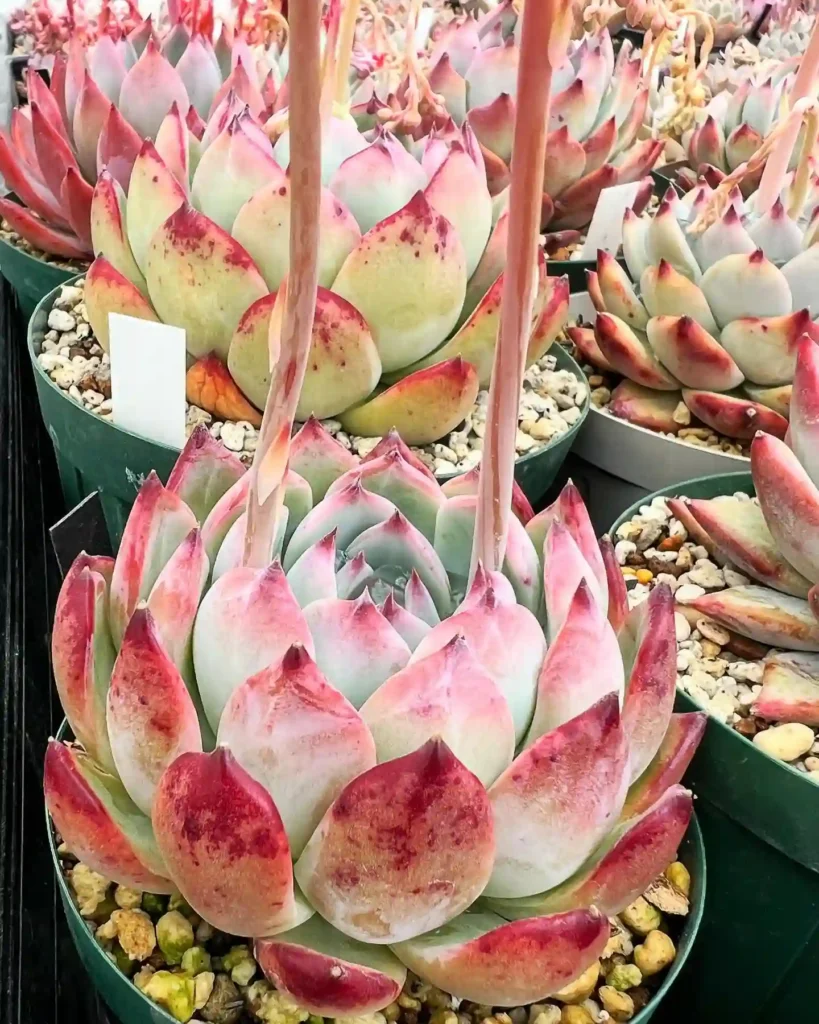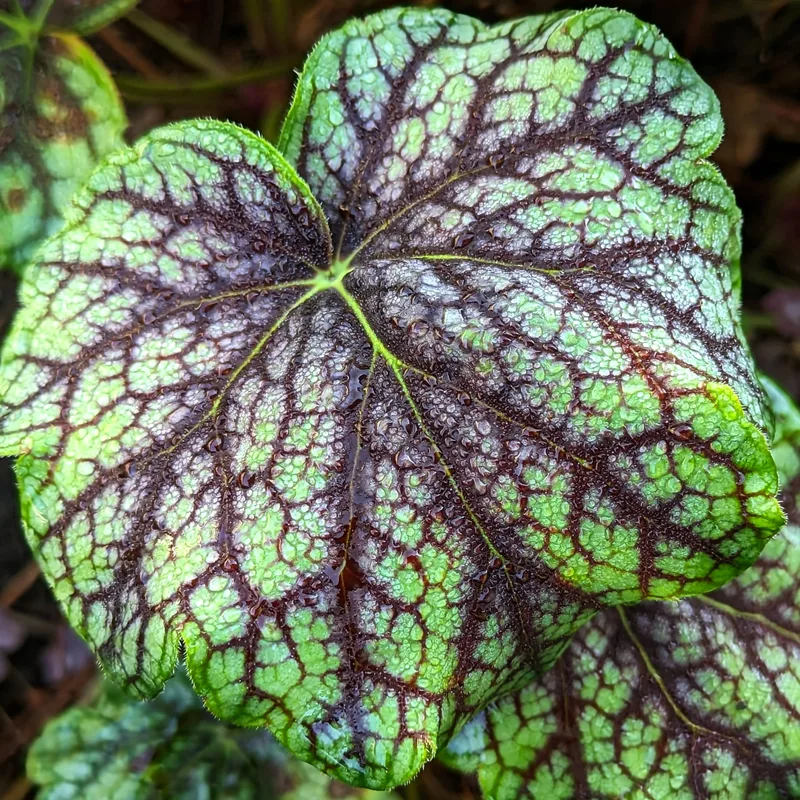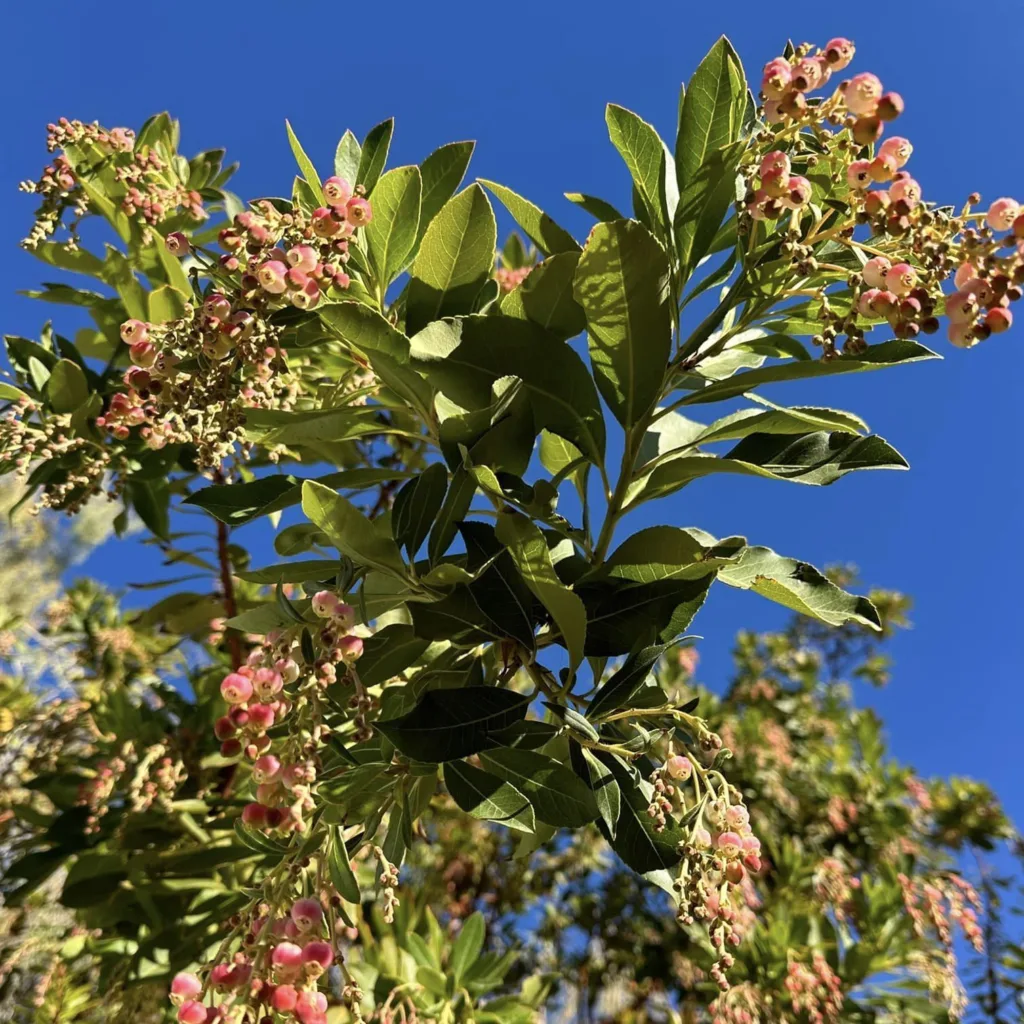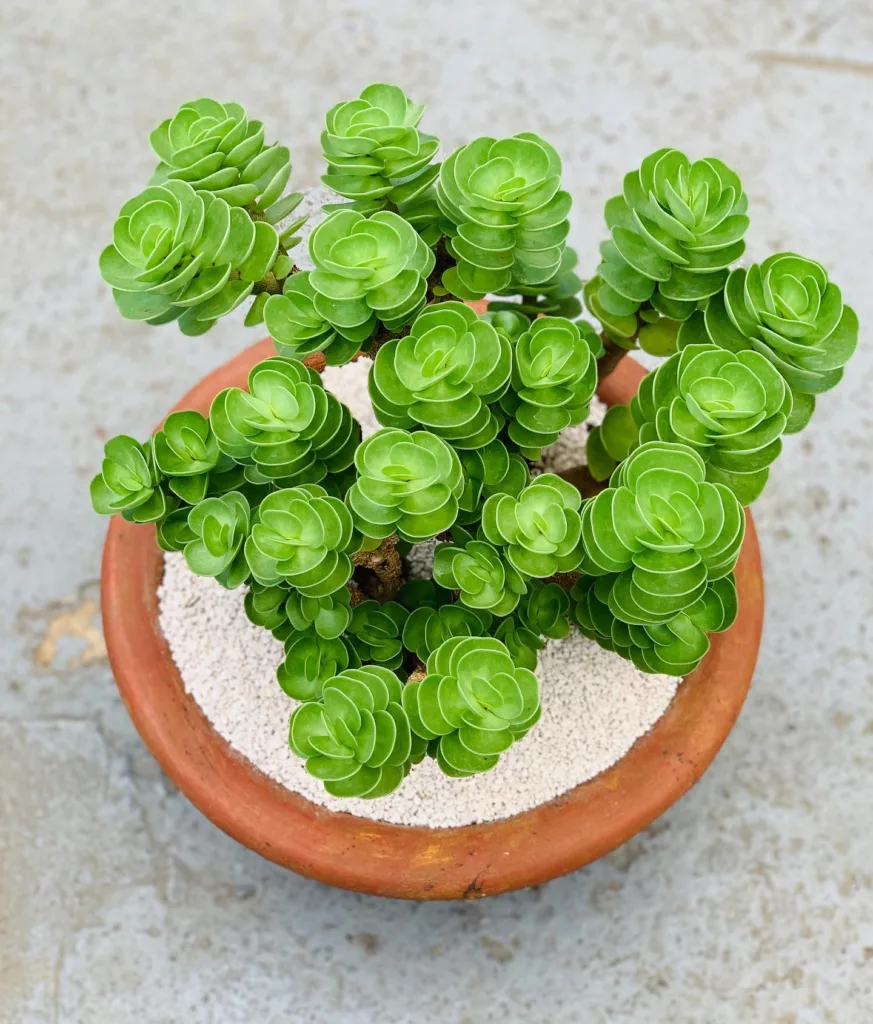
My Enduring Love Affair with the Podocarpus Maki
The Podocarpus maki, also known as the Chinese Podocarpus, has held a special place in my garden for years. Its dense, emerald foliage and elegant form bring a touch of timeless beauty to any space. But beyond aesthetics, this plant is a champion of low maintenance. Over the years, I’ve learned the intricacies of caring for my Podocarpus maki, and I’m here to share those experiences with you.
117 Species in Genus Podocarpus
What is a Podocarpus Maki?
The Podocarpus maki is a slow-growing evergreen shrub or tree native to southern China and Japan. It boasts a dense, upright growth habit with slender, dark green needles. Unlike some conifers, the Podocarpus maki isn’t known for showy flowers, but its rich foliage makes a captivating statement year-round. This versatility, coupled with its tolerance for various light conditions, makes it a popular choice for both indoor and outdoor landscapes.
Podocarpus Maki vs Pringles
In my garden, I’ve found Podocarpus Maki to be a fantastic low-maintenance shrub with its lush, dense foliage providing a great backdrop, while Pringles, though unique with its intriguing, soft texture, hasn’t quite offered the same robust presence or ease of care for me.
How to Plant a Podocarpus Maki?
Planting a Podocarpus maki is a breeze. Choose a location that receives full sun to partial shade. These plants are adaptable to most soils, but they thrive in well-drained, slightly acidic soil. When digging your planting hole, make sure it’s twice the diameter of the root ball. Gently remove the plant from its container and loosen any tightly bound roots. Place the Podocarpus maki in the hole, ensuring the root ball sits level with the surrounding soil. Backfill the hole and water deeply to settle the soil.
How to Care for a Podocarpus Maki?
Once established, your Podocarpus maki requires minimal care. Watering needs are moderate, so aim to water deeply when the top inch of soil feels dry. During the hottest months, you may need to increase watering frequency. Fertilizing isn’t strictly necessary, but a light application of balanced fertilizer in spring can promote healthy growth.
How Fast Does Podocarpus Maki Grow?
One of the greatest qualities of the Podocarpus maki is its slow growth rate. This translates to less frequent maintenance and makes it ideal for gardeners who prefer a low-key approach. On average, a Podocarpus maki grows only a few inches per year, reaching a mature height of 6-8 feet in 10 years. This manageable size makes it perfect for hedges, screens, or container planting.
How to Prune a Podocarpus Maki?
While the Podocarpus maki is naturally slow-growing, occasional pruning can help maintain its desired shape and density. The best time to prune is in late winter or early spring before new growth emerges. Use sharp pruning shears to remove any dead, diseased, or unwanted branches. You can also lightly shear the top and sides to encourage bushier growth. Remember, a little goes a long way with pruning, so start slow and take your time.
How Do I Properly Trim a Podocarpus Maki?
Trimming your Podocarpus maki follows the same principles as pruning. However, trimming focuses on maintaining a specific shape, often for hedges or topiary. For hedges, use a hedge trimmer to achieve clean, straight lines. If you’re aiming for a more artistic topiary form, use hand pruners for greater control. Regardless of the technique, ensure your tools are sharp and sanitized to prevent damage to your plant.
With its easygoing nature and timeless elegance, the Podocarpus maki has become a trusted companion in my garden. By following these simple tips, you can cultivate your own slice of serenity with this low-maintenance wonder.
If i die, water my plants!



